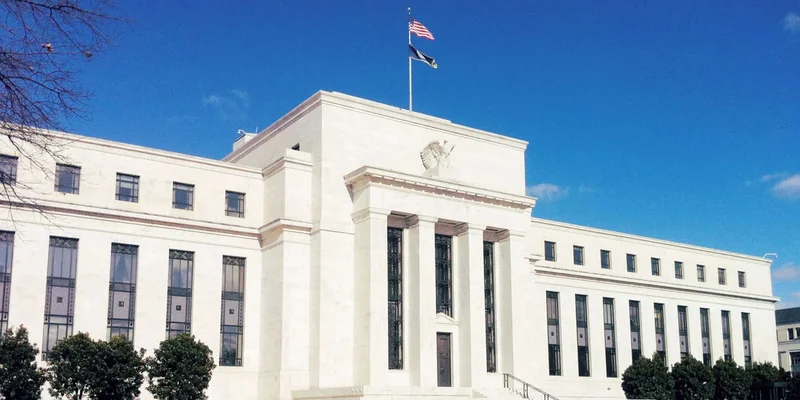Rate Cuts in 2025: A Band-Aid on a Bullet Wound?
The Federal Reserve cut its benchmark interest rate again, a quarter point, the second time since September. This, after nine months of… well, nothing. The target? Managing prices and encouraging full employment. The problem? Inflation's still above the Fed's 2% target, and the job market's looking wobbly. It's like trying to steer a car with two flat tires while blindfolded. The government shutdown (remember that?) hasn't helped, choking off the flow of economic data the Fed needs.
They're projecting one more cut before the year's out, and that’s got everyone scrambling to figure out what it means for their wallets. Is this good news, or just rearranging deck chairs on the Titanic?
Let's break it down.
Savings accounts? Prepare for less appealing yields. Three of the top five high-yield accounts already trimmed rates after the last cut. Ken Tumin (DepositAccounts.com) says those sweet 4.46% to 4.6% rates won’t last. (A parenthetical clarification: these are still far better than traditional savings accounts, which are averaging a pathetic 0.63%.) There might be a few holdouts near 4% through the end of 2025, but expect those to dwindle.
Mortgages? The market's already priced in the cut. Rates dipped to their lowest level in over a year. TransUnion's Michele Raneri notes that mortgage rates don't always move exactly with the Fed, but further easing could push them lower. A declining rate environment will provide some relief for borrowers, opening opportunities to refinance or consolidate debt, says Bankrate's Stephen Kates.
Auto loans are another story. Rates have been climbing for three years, and don't expect any relief soon. Even with the cuts, analysts say it'll be slow in coming. Kates says auto loan rates don't move in lockstep with the Fed rate. New car prices are still sky-high, not adjusted for inflation. You're looking at 4% to 30% APR (annual percentage rate), with the average hovering around 7.10% for a 60-month new car loan.
Credit cards? Average interest rates are sitting at 20.01%. A rate cut might be slow to be felt, but any reduction is positive. Raneri says that with inflation squeezing household budgets, rate cuts offer a potential counterbalance by lowering debt servicing costs. Still, the best thing to do is pay down that high-interest debt and try to transfer balances to lower APR cards.

The BPI (Bank Policy Institute) released a statement on the Fed's changes to the LFI (Large Financial Institution) rating system. BPI Statement on Federal Reserve Changes to LFI Rating System Tabitha Edgens hopes regulators will adopt commensurate changes to the CAMELS rating framework. It's all about calibrating supervisory measures to more accurately reflect risk.
The Consumer Price Index (CPI) rose at 3% last month, cooler than expected. Scott Helfstein (Global X) says nothing in the inflation print should stop the Fed from cutting rates. CME FedWatch puts the probability of a quarter-point cut at 96.7%. A quarter-point cut would bring the benchmark rate to a range of 3.75% to 4%, down from 4% to 4.25%.
Powell signaled the Fed was concerned about a sharp slowdown in the labor market. However, the September jobs report wasn't released due to the federal shutdown. Powell says the outlook for employment and inflation hasn't changed much since their September meeting.
The average 30-year fixed-rate mortgage dropped to 6.19% as of Oct. 23, their lowest level in more than a year, according to Freddie Mac. Realtor.com's Danielle Hale says further declines will depend on new developments.
And this is the part of the report that I find genuinely puzzling. Why is the Fed so focused on rate cuts when the underlying problem seems to be a lack of fiscal clarity thanks to the shutdown? It's like treating a broken leg with aspirin.
This is all… fine. But let's be real. A quarter-point here, a quarter-point there – it's tinkering around the edges while ignoring the elephant in the room: systemic uncertainty. The Fed's trying to manage a complex economy with blunt instruments, and the government shutdown's throwing sand in the gears. Are these rate cuts a genuine attempt to stimulate growth, or just a way to avoid admitting that the real problems are beyond their control?
I've looked at hundreds of these economic forecasts, and this level of disconnect between the stated goals and the actual tools being used is… unusual.